
image from: https://www.researchgate.net/figure/Hedwigidium-imberbe-Sm-Bruch-and-Schimp-A-plant-showing-several-branches-with_fig1_349127869
Rhaphidostegium: The Remarkable Moss of the Sematophyllaceae Family
Introduction
When it comes to the fascinating world of mosses, one genus stands out for its unique characteristics and ecological importance: Rhaphidostegium (Schimp.) De Not. This captivating moss belongs to the Sematophyllaceae family and is commonly referred to simply as Rhaphidostegium
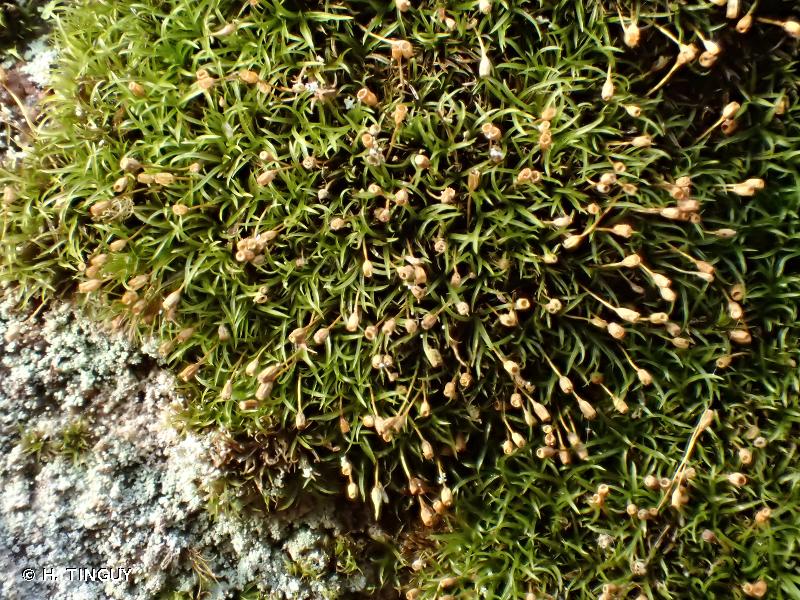
image from: https://inpn.mnhn.fr/espece/cd_nom/4832
. In this blog post, we’ll dive into the details of this remarkable bryophyte and explore its morphology, global distribution, habitat preferences, and ecological roles.
Background
Mosses are small, non-vascular plants that belong to the division Bryophyta. They play crucial roles in various ecosystems, contributing to nutrient cycling, water retention, and providing habitat for other organisms. The genus Rhaphidostegium is part of the class

image from: https://inpn.mnhn.fr/espece/cd_nom/5009
Bryopsida and is known for its distinctive features and wide distribution.
Morphology and Identification
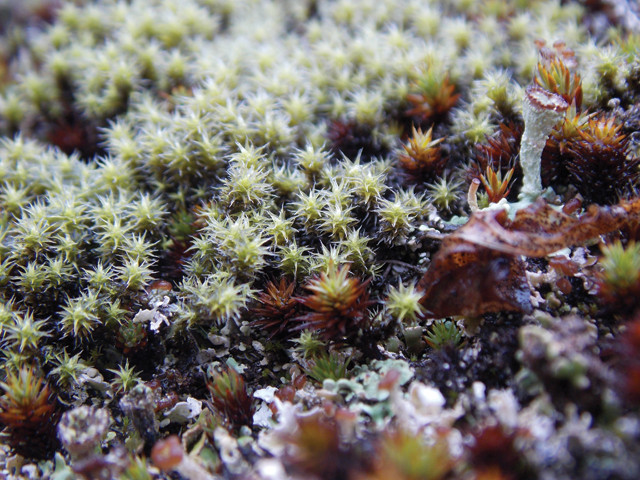
image from: https://www.earthmagazine.org/article/liverworts-not-moss-dominated-earths-early-terrestrial-ecosystems
Rhaphidostegium mosses are characterized by their glossy, green to yellowish-green leaves that are often falcate-secund

image from: http://www.discoverlife.org/mp/20q?search=Hypnum+circinale
, meaning they are curved and pointing in one direction. The leaves have a single costa (midrib) that extends to the leaf apex. Under a microscope, you can observe the elongated, rhomboidal leaf cells that are smooth or slightly papillose.
The stems of Rhaphidostegium are creeping to ascending, with irregular branching. They often form dense mats or cushions on various substrates. The sporophytes (reproductive structures) are erect capsules on long setae (stalks), and the capsules have a conical operculum (lid).
Global Distribution and Habitat
Rhaphidostegium mosses have a wide global distribution, occurring in tropical, subtropical, and temperate regions. They can be found in North America, Central America, South America, Europe, Africa, Asia, and Oceania. These mosses thrive in a variety of habitats, including forests, woodlands, and rocky outcrops.
Rhaphidostegium species often grow as epiphytes on tree trunks and branches, as well as on rocks, logs, and soil. They prefer moist, shaded environments with high humidity and moderate temperatures. Some species are adapted to specific substrates, such as calcareous rocks or acidic soils.

image from: https://www.flickr.com/photos/silybum/49764483648
Ecological Roles and Adaptations
Rhaphidostegium mosses play important ecological roles in their habitats. They contribute to nutrient cycling by trapping and retaining organic matter, which decomposes and releases nutrients back into the ecosystem. These mosses also help in water retention and regulation, as their dense mats can absorb and hold moisture, reducing soil erosion and providing a stable microclimate for other organisms.
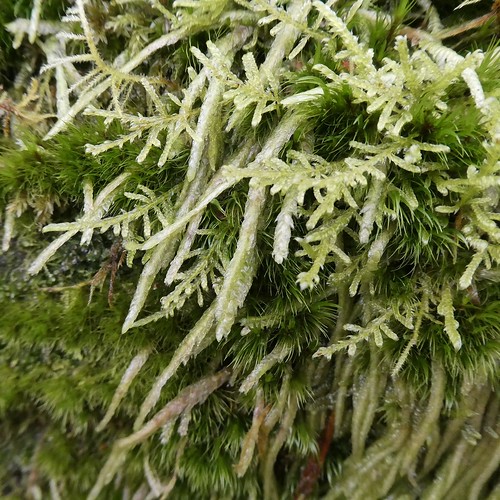
image from: https://www.flickr.com/photos/21657471@N04/51794878876/
| Ecological Role | Description |
|---|---|
| Nutrient Cycling | Traps and retains organic matter, releasing nutrients through decomposition |
| Water Retention | Absorbs and holds moisture, reducing soil erosion and providing stable microclimate |
| Habitat Provision | Serves as a microhabitat for invertebrates, amphibians, and other small organisms |
| Substrate Stabilization | Helps stabilize soil and rock surfaces, preventing erosion and landslides |
Rhaphidostegium mosses have evolved various adaptations to thrive in their habitats. Their falcate-secund leaves
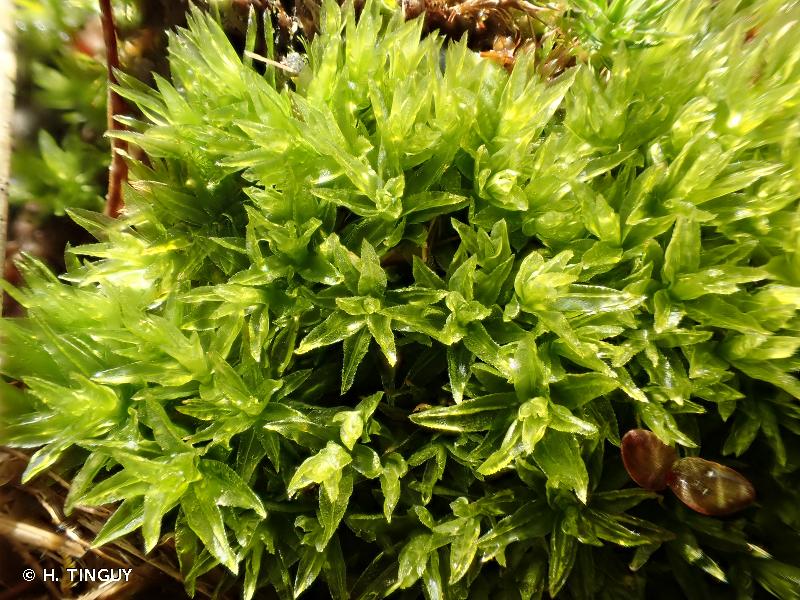
image from: https://inpn.mnhn.fr/espece/cd_nom/3851/tab/habitats
help maximize light capture in shaded environments, while their rhizoids (root-like structures) anchor them securely to substrates. Some species have developed tolerance to desiccation, allowing them to survive periods of drought by entering a dormant state.
Conclusion
Rhaphidostegium mosses are truly remarkable members of the Sematophyllaceae family. With their distinctive morphology, wide global distribution, and important ecological roles, these bryophytes contribute significantly to the diversity and functioning of ecosystems worldwide. As we continue to study and appreciate the wonders of the plant kingdom, let us not overlook the small but mighty Rhaphidostegium mosses. What other secrets and adaptations might these fascinating plants hold?
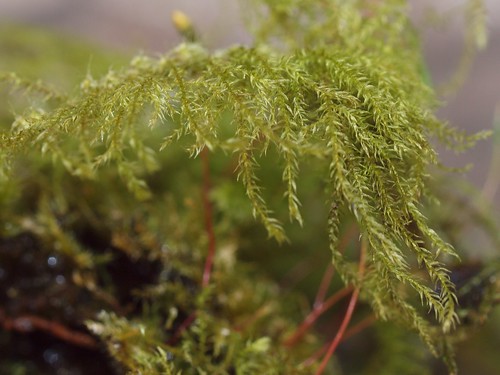
image from: https://www.flickr.com/photos/silybum/49748759038
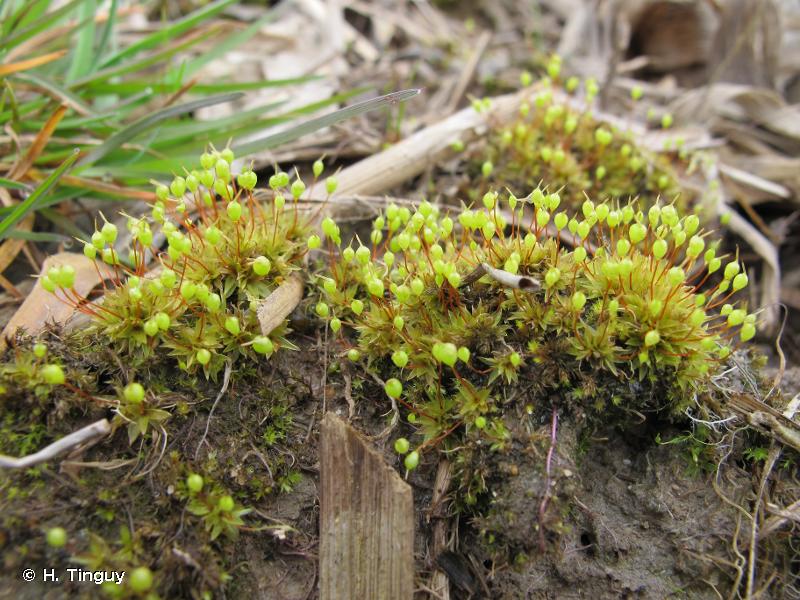
image from: https://inpn.mnhn.fr/espece/cd_nom/5659